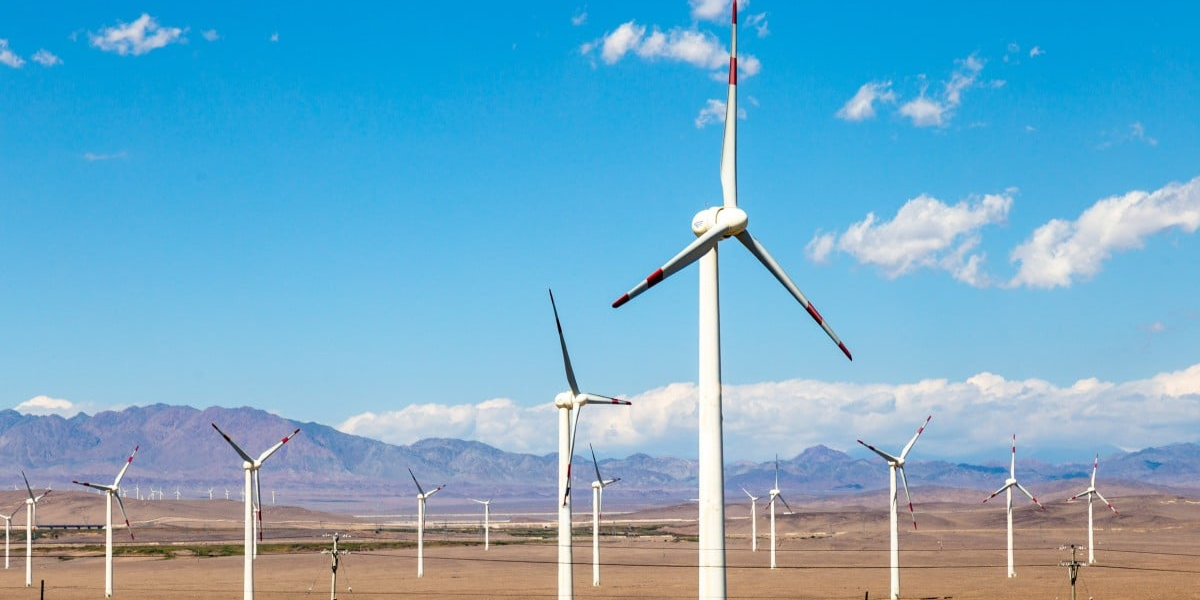The Winds of Change: Why the EU is investigating China‘s wind turbines?


When the European Commission (EC) initiated an investigation into subsidies allegedly provided to Chinese wind turbine suppliers, an undeniable undertone of scepticism made itself heard that China’s exponential advance in renewable energy must have involved factors beyond the market. Is that the case?
Over the past two decades, China’s wind power capacity has soared from just 4 gigawatts in 2007 to an astonishing 329 gigawatts by 2021, at an annual growth rate of 31%.
In addition to output, Chinese turbine manufacturers also lead in product design and innovation. The last four years have seen 426 new Chinese turbine models released, versus just 29 new turbines outside China, consultancy Wood Mackenzie said.
What is the key factor driving China’s surging competitiveness in wind power?
A key driver has been the plummeting turbine installation costs due to technological breakthroughs and China’s signature economies of scale.
Recent tender pricing documents for a massive 9.1 million kilowatt wind project in Inner Mongolia’s Gobi desert reveal that the lowest bid came in at just 2.15 yuan (around $0.28) per watt of installed capacity, a whopping 45% drop from last year, while the average installed cost of wind projects in the United States in 2021 stayed at $1.50 per watt – over five times higher than the rock-bottom Chinese prices. Despite recent declines, the 2022 US average of $1.37 per watt is still multiples above China’s.
China’s economies of scale are credited for the price plunge, as evidenced by projects sprawling the Gobi Desert. This extreme cost competitiveness solidifies China’s position as the undisputed global leader in green energy. According to analysts, if it is possible to ensure safe operations at these extremely low prices, wind power projects in China’s three northern regions, which contain more than 90% of the country’s wind resources, could double in the near future. All of these developments will significantly transform China’s energy landscape as well as its economic model, for they are not only pivotal for meeting domestic demands but also for new possibilities such as energy exports.
While the wind might be free, the technology that harnesses it never befalls us free of charge. And it is now caught up in a storm of economic, political, and environmental calculations, with the EU’s investigation potentially serving only as the beginning. Nevertheless, China is determined to leave its indelible mark on the global energy map.




